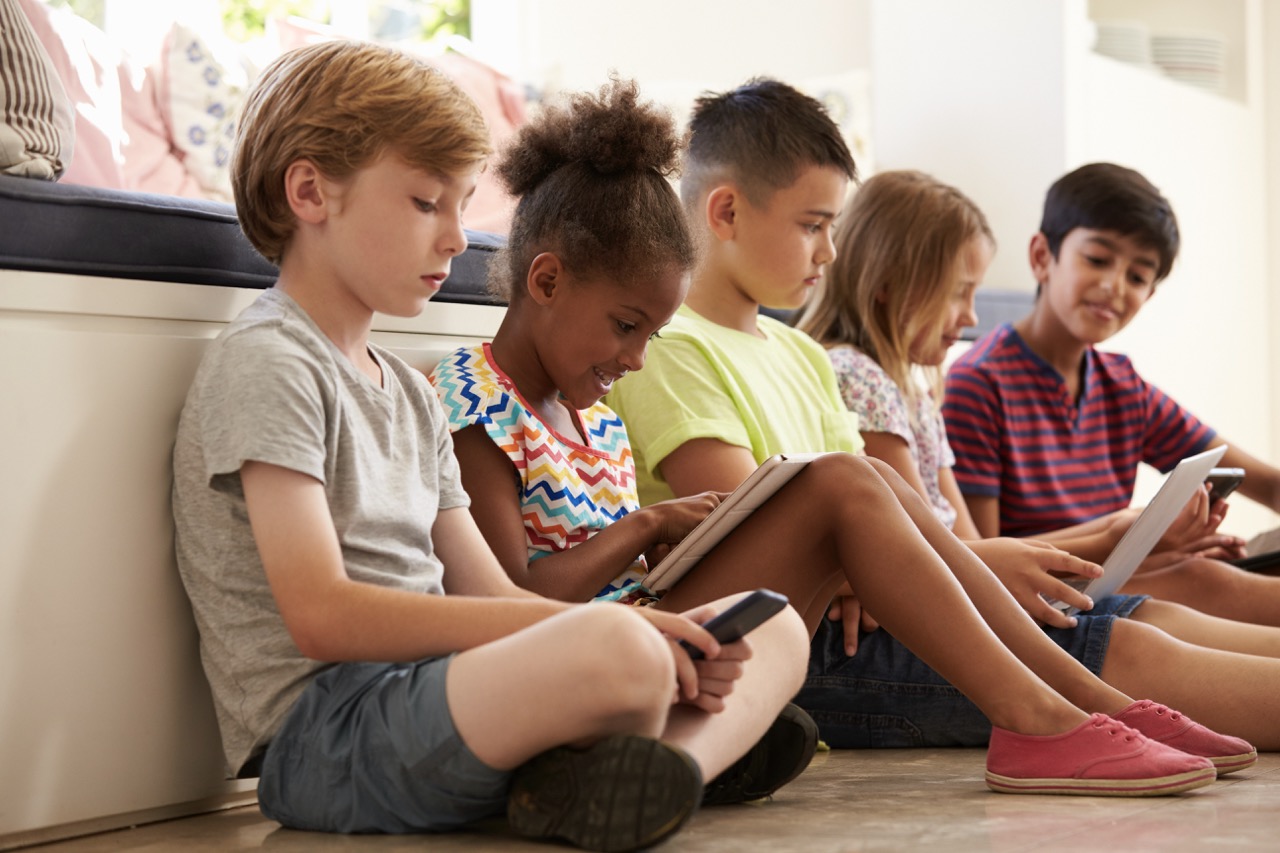In an age where screens dominate children’s attention, the value of a well-curated home library cannot be overstated. A children’s home library serves not only as a repository of books but as a sanctuary for imagination, exploration, and learning. As parents and caregivers, creating an engaging and accessible library can foster a lifelong love of reading, encouraging children to discover new worlds and ideas. This guide will provide you with essential steps to build the perfect children’s home library, ensuring that it becomes a cherished space for your little ones.
Understanding the Importance of a Home Library for Kids
Establishing a home library is an essential step in nurturing a child’s intellectual and emotional development. Books are gateways to understanding diverse cultures, concepts, and experiences, allowing children to expand their worldviews. Research has consistently shown that children who are exposed to books from an early age tend to perform better academically, have improved language skills, and develop stronger critical thinking abilities. By creating a personal library, parents instill the idea that reading is not just a task, but a pleasurable and enriching activity.
Moreover, a home library can serve as a refuge for children, providing them with a quiet space to reflect, imagine, and escape into stories. This environment encourages mindfulness and can be particularly beneficial in our fast-paced, technology-driven world. By offering a dedicated space for reading, parents help children cultivate focus, patience, and the ability to concentrate on tasks—qualities essential for success in both academic and personal pursuits.
Lastly, a well-stocked home library fosters family bonding and encourages discussions about stories, characters, and themes. This shared experience can lead to deeper connections between parents and children, as they explore the myriad layers of storytelling together. Ultimately, establishing a home library is not only about providing books; it’s about creating a nurturing environment where children can grow, learn, and thrive.
Choosing the Right Space: Creating a Cozy Reading Nook
When selecting a space for your children’s library, comfort and accessibility should be top priorities. Aim for a quiet corner in your home that is free from distractions, where your child can concentrate on reading. Whether it’s a small alcove in the living room, a corner of the bedroom, or even a converted closet, the goal is to create a space that feels inviting and special. Ideal reading nooks often incorporate soft seating—such as bean bags, floor cushions, or small chairs—that provide a comfortable spot for children to settle down with their books.
Lighting is another crucial element in designing your reading nook. Natural light is ideal, so try to position the reading area near a window. If that isn’t feasible, invest in warm, soft lighting that doesn’t strain the eyes. A small lamp or fairy lights can add a whimsical touch, making the nook feel magical and cozy. Additionally, incorporating personal touches, such as artwork or favorite characters, can create a sense of ownership and pride in the space.
Lastly, consider storage solutions that are child-friendly. Low bookshelves or baskets make it easy for kids to reach their books and organize their collection. Encouraging independence in choosing and returning books is vital in fostering a love for reading. By creating a cozy reading nook infused with comfort, light, and accessibility, parents can establish a cherished space that invites children to dive into their literary adventures.
Selecting Age-Appropriate Books for Every Reading Level
Choosing the right books for your children’s library is vital in catering to their developmental needs and interests. Start by assessing your child’s current reading level and capabilities, which can range dramatically depending on their age and background. For younger children, board books with bright pictures and simple text are perfect, while early readers benefit from picture books and beginner chapter books that help foster confidence in their reading skills. As children grow, gradually introducing more complex stories will challenge them and keep their interest alive.
Don’t shy away from classics, as they often contain timeless themes and lessons that resonate across generations. However, it’s equally important to include contemporary works that reflect diverse voices and experiences. Books that feature characters from various backgrounds can help children develop empathy and understanding of the world around them. Engaging with age-appropriate literature not only supports literacy but also encourages children to see themselves in the stories they read, enhancing their connection to literature.
Finally, engage your child in the selection process. Allow them to choose books that catch their attention, even if they fall outside their current reading level. This approach empowers children and fosters a sense of ownership over their library. By providing a varied and thoughtfully chosen collection of age-appropriate books, parents can help cultivate a rich reading experience that evolves alongside their child.
Incorporating a Variety of Genres to Spark Interest
To make the home library vibrant and stimulating, incorporating a mix of genres is essential. Children often have varied interests, and providing a range of genres—from fiction and non-fiction to fantasy, science fiction, and biographies—will help keep reading exciting and engaging. A diverse selection encourages children to explore different themes and styles, ultimately broadening their understanding and appreciation for literature.
Additionally, consider incorporating graphic novels and comics, which can serve as a bridge for reluctant readers. The visual elements of these genres can captivate young minds and motivate them to read more. Introducing poetry can also add a delightful twist, allowing children to appreciate language in a different form. By mixing genres, parents not only cater to various interests but also encourage creative thinking and critical analysis as children navigate different narrative structures and topics.
Finally, regularly rotating books in and out of the library can sustain interest and excitement. Create a "book of the month" selection, featuring new and seasonal themes, or encourage children to swap books with friends or neighbors. This practice keeps the library fresh and dynamic, continuously reigniting your child’s curiosity and love for reading.
Tips for Organizing and Maintaining Your Children’s Library
Once you’ve built an impressive collection, the next step is organization. A systematic approach to cataloging your library can help children easily find and return their books. Consider categorizing books by genre, author, or reading level, using colorful labels or decorative bins to make the organization visually appealing. Encouraging older children to help organize their library can also foster a sense of responsibility and investment in their reading environment.
Regularly assess the collection to keep it relevant and engaging. As children grow, their interests will change, and so will their reading abilities. Set a schedule—perhaps once a season—to review the library and remove books that no longer spark joy or interest. Donate those books to local libraries, schools, or charitable organizations, ensuring that other children can benefit from them. This practice not only declutters but also teaches children about generosity and sharing.
Maintaining a children’s library also involves keeping books in good condition. Teach children the importance of handling books gently and returning them to their designated spots after use. Incorporate fun routines, such as reading together before bedtime or weekly library nights, to make the maintenance of the library a shared experience. By establishing a well-organized and maintained library, parents create a sustainable foundation for their children’s reading journey.
Engaging Kids: Making Reading a Fun Family Activity
To ensure that children stay excited about reading, it’s essential to engage them in ways that make it a fun family activity. One effective way to do this is through family reading nights, where everyone gathers to read together, share their favorite passages, and discuss stories. By making reading a social event, children are likely to develop a positive association with books and storytelling. You can also encourage themed reading nights, where you choose books based on a holiday, season, or a particular genre, adding an element of adventure to the activity.
Another great method is to integrate reading into everyday life. Encourage children to read signs, recipes, or even labels while grocery shopping. This approach not only reinforces the importance of reading but also demonstrates its practical applications. Additionally, consider taking trips to the local library or bookstore, allowing children to explore new titles and engage with librarians or staff who can recommend age-appropriate books.
Lastly, celebrate reading milestones with rewards, such as a special family outing or a new book. By recognizing their achievements and effort, you can motivate children to continue exploring and enjoying literature. Ultimately, making reading a family activity fosters a love for books that can last a lifetime, turning the children’s home library into a dynamic hub of discovery and imagination.
Building the perfect children’s home library is a rewarding endeavor that pays dividends in your child’s development and overall well-being. By understanding the importance of a library, selecting the right space, curating a varied collection of age-appropriate books, and involving your children in the process, you can create an inviting sanctuary for reading. Engaging the family in reading activities makes the experience even more delightful, encouraging a culture of literacy that extends beyond the books themselves. In a world where stories shape our understanding and empathy, a home library becomes a vital tool in equipping the next generation with the power of imagination and knowledge.










